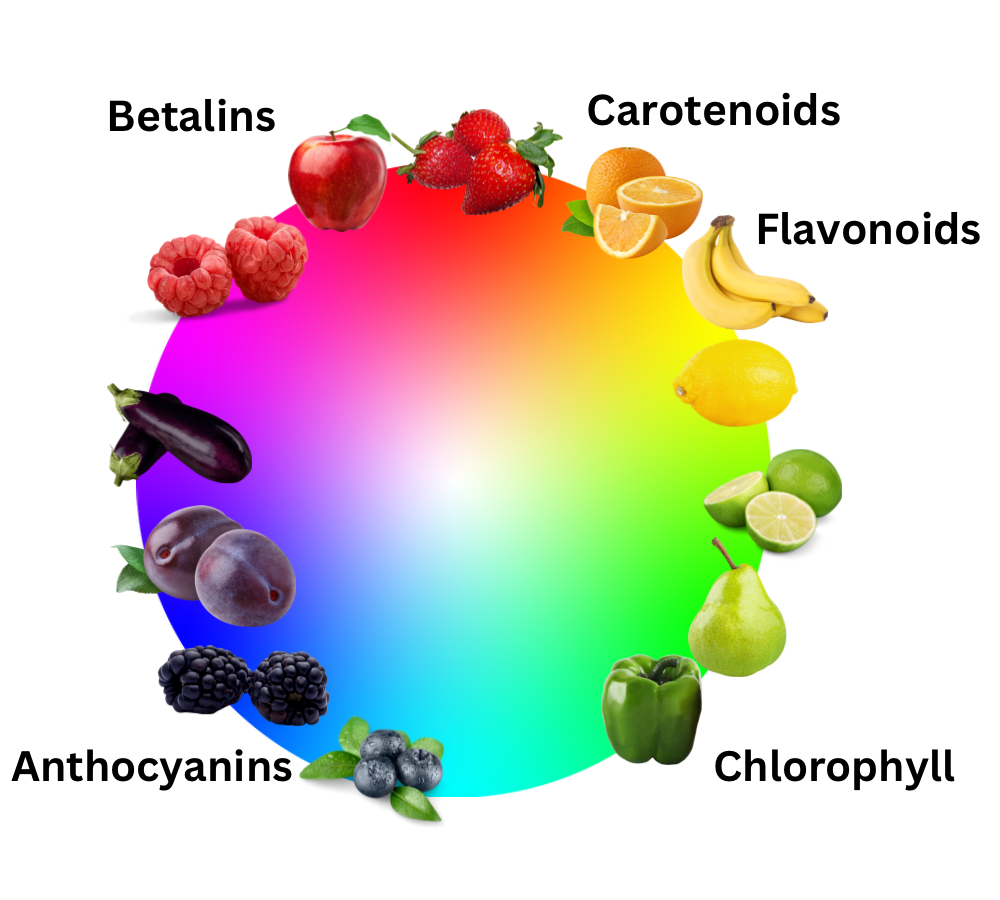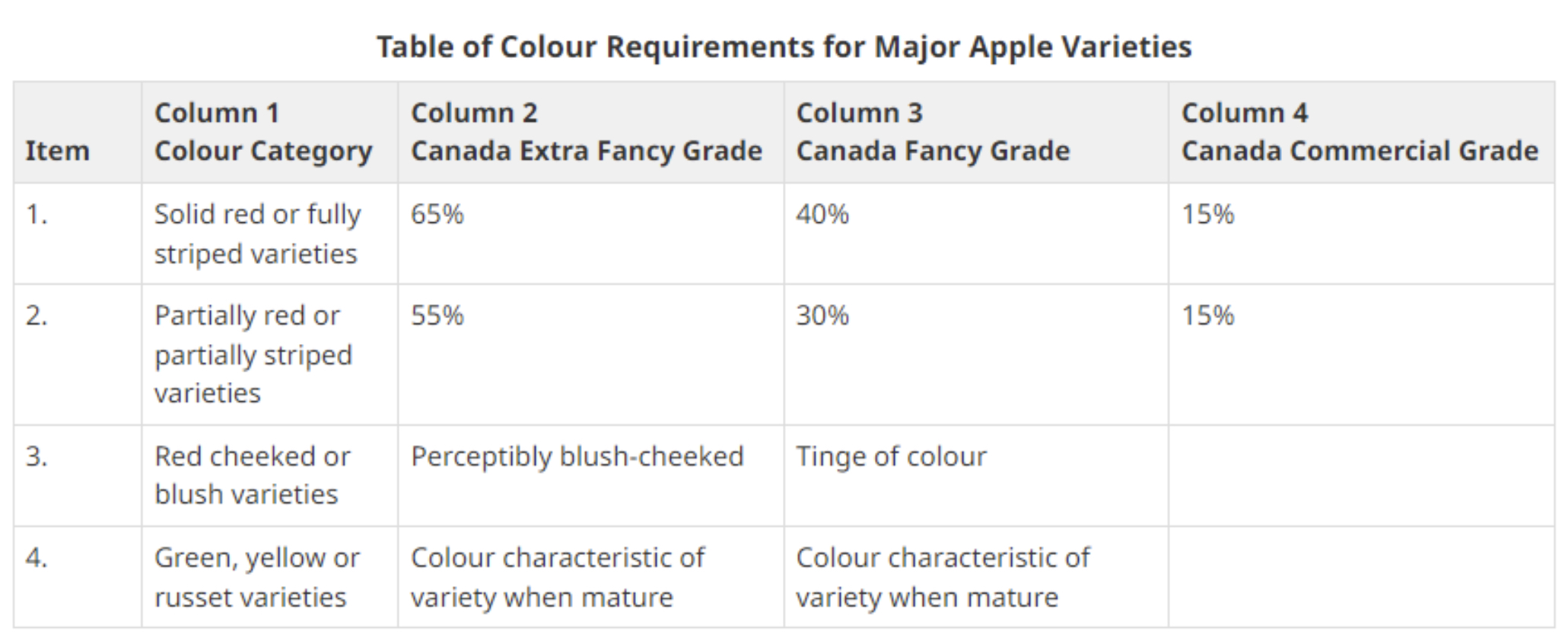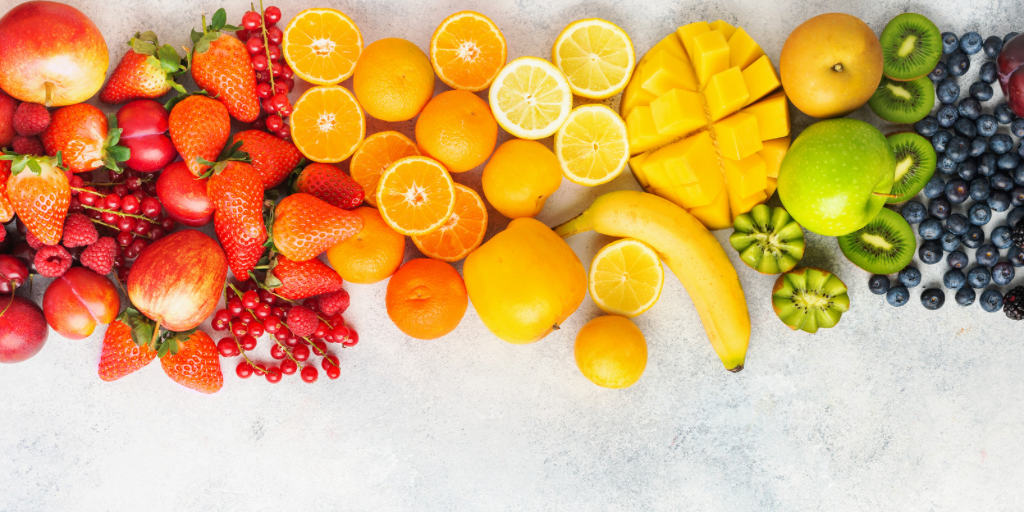Color is one of the driving consumer acceptance factors when it comes to fresh produce. Everyone wants the reddest strawberries, the sunniest yellow lemons, and the broccoli is always greener on the other side of the fence. So how do growers and retailers make sure they’re producing the fruit and vegetables customers desire? Visual inspection is the number one way consumers select their produce - obviously, most of us aren’t bringing a quality control toolkit to Loblaws. At the grocery store, consumers pick the best-looking produce and carry on, so uniformity and consistency are critical.
The ugly produce problem
The issue of "ugly produce" refers to fruits and vegetables that do not meet the traditional cosmetic standards set by the industry. These standards often prioritize appearance, favoring perfectly shaped and blemish-free produce. As a result, a significant amount of fruits and vegetables that deviate slightly from these standards are discarded or go to waste, even though they are perfectly safe and nutritious to eat.
Statistics reveal the scale of the waste problem in the food industry. It is estimated that around one-third of all food produced globally goes to waste. Within this waste, a substantial portion includes perfectly edible but aesthetically imperfect fruits and vegetables. These "ugly" produce are often rejected by retailers and never make it to the store shelves.
What produces color in produce?
The bright colors we associate with fresh fruits and vegetables develop during ripening as the primary green pigment, chlorophyll, breaks down. In place of the chlorophyll, other natural pigments are expressed. The main pigments responsible for different colors are chlorophylls (green), carotenoids (yellow, orange, and red), anthocyanins (blue), flavonoids (yellow), and betalains (red).
Several factors can influence the development of color in fruits and vegetables. Firstly, the maturation and ripening stages of the plant play a role. As the fruit or vegetable matures, the pigments can change and become more vibrant. Secondly, environmental factors such as temperature, light, and humidity can affect color development. For example, exposure to sunlight can enhance the production of pigments, resulting in brighter colors. On the other hand, extreme temperatures or improper storage conditions can cause color deterioration. Lastly, genetic factors determine the natural pigments present in each fruit or vegetable variety, influencing their color. These factors collectively contribute to the beautiful and diverse array of colors we see in fruits and vegetables.

Setting a standard - Grading fruit and vegetables
In both Canada and the United States, grading standards and requirements are in place to ensure consistency and quality in the produce market. Grading standards bring consistency to the market by providing a common language and basis for negotiation between buyers and sellers. When all parties involved understand and agree on the grading criteria, it becomes easier to determine the value and pricing of produce based on its quality attributes, including color.
These standards help growers and retailers meet consumer expectations and create a level playing field for buying and selling. Grading standards serve as a benchmark for producers, allowing them to assess the quality of their harvest and make necessary adjustments to meet market requirements. By adhering to these standards, growers and retailers can ensure that their products meet the expectations of consumers, leading to increased customer acceptance.
In the case of color, requirements are set out by commodity for various grades of fruit and vegetables - here are a few examples in Canada and the US:
- Apples: Color grading for apples is a serious affair. In Canada, color requirements are laid out in detail by grade and color category:

- Cucumbers: To meet the standards for Canada No. 1 grade, greenhouse cucumbers must have a fully developed, even green color covering at least 85% of the cucumber's surface area.
- Asparagus: The coloring of asparagus stalks is regulated as well. For optimal quality, no more than 15% of each stalk should be white in color, indicating that the majority of the stalk should exhibit a desirable green hue.
- Blueberries: The grading criteria for blueberries includes assessing their color. When blueberries are considered "well colored," it means that more than half of the surface area of each individual berry should display shades of blue, bluish-purple, purple, bluish-red, or bluish-black. This indicates that the berries have reached the desired level of ripeness and are visually appealing.
When color determines cultivar
The popular Pink Lady, originating from the humble Cripps Pink, has even stricter standards and a specific color range. Apples must meet the official Pink Lady Association color standard - at least 40% colored surface on the same side with a “bold pink to red” intensity - to earn their Pink Lady status.
Harvest Quality Vision for citrus color
Harvest Quality Vision is used by growers around the world to objectively and consistently assess fruit color and quality. In most cases, experts use guides and references to assess color, but the human eye is notoriously subjective. In the citrus industry, peel color is a critical metric, and the perfect color often has to be induced through degreening.
What is degreening?
A citrus fruit ripens and acquires that signature lemon yellow, this is the process known as “degreening”, where lemons lose their green chlorophyll during the cold nights. In some climates, the degreening process may not start until well after the fruit is already mature, and needs to be induced through post-harvest treatments.
Postharvest degreening involves exposing the fruits to ethylene gas, which helps in achieving the desired external color, especially for cultivars that ripen internally while their peel is still green. Ethylene plays a crucial role in bringing about color changes in citrus fruits by facilitating two separate processes: chlorophyll degradation and carotenoid synthesis. Chlorophyll degradation breaks down the green pigments, while carotenoid synthesis leads to the production of pigments responsible for the yellow, orange, and red colors associated with ripe fruits.
For citrus degreening, it is important to group fruit of similar color for even color development. With Harvest Quality Vision, Croptracker can create color classes from scans of graded fruit. With just a scan, Harvest Quality Vision can record color information and help identify which lots can be most efficiently stored together for an even degreening process. In the field, this is often a grouping experts make based on their best guess with the naked eye. Harvest Quality Vision not only provides a record of these decisions, but it also empowers workers with less experience or expertise to effectively assess and group fruit for storage.
Croptracker develops agtech solutions for industry leaders. Located in Eastern Ontario, Canada, our mission is to make crop production safer, more efficient, and more profitable. Designed in partnership with fresh market producers and distributors, every tool we create is based on direct industry feedback.
Interested in learning more about Croptracker? Learn more about our Farm Management Software, or book a demonstration to schedule a meeting with our product experts.


